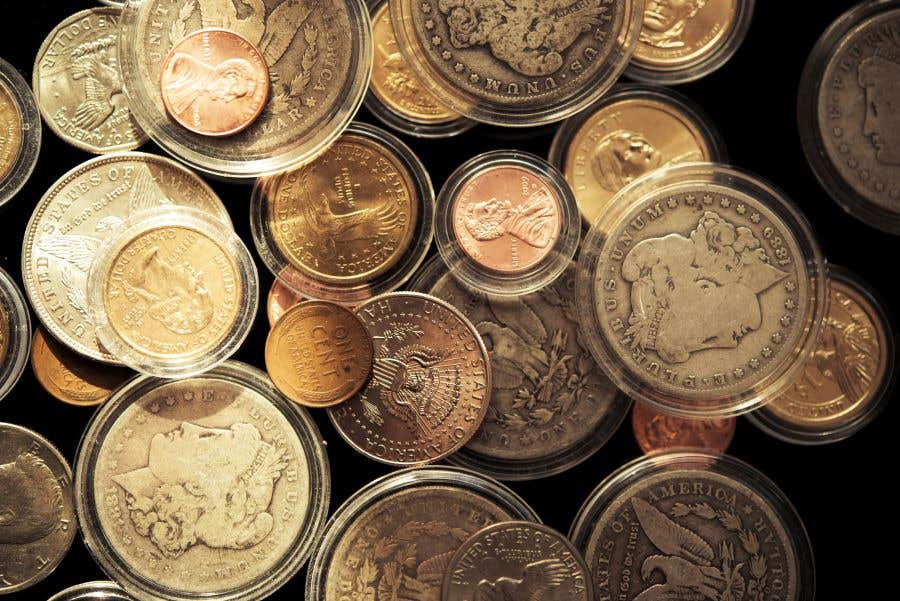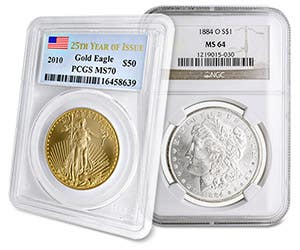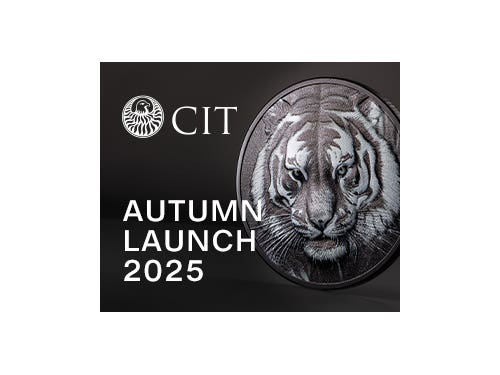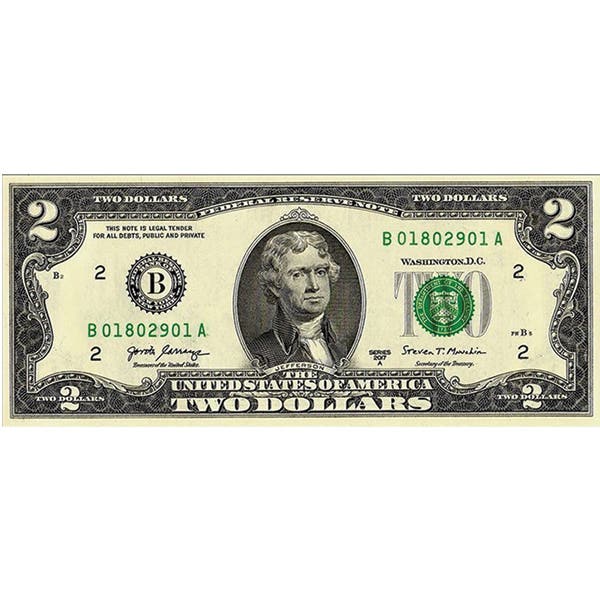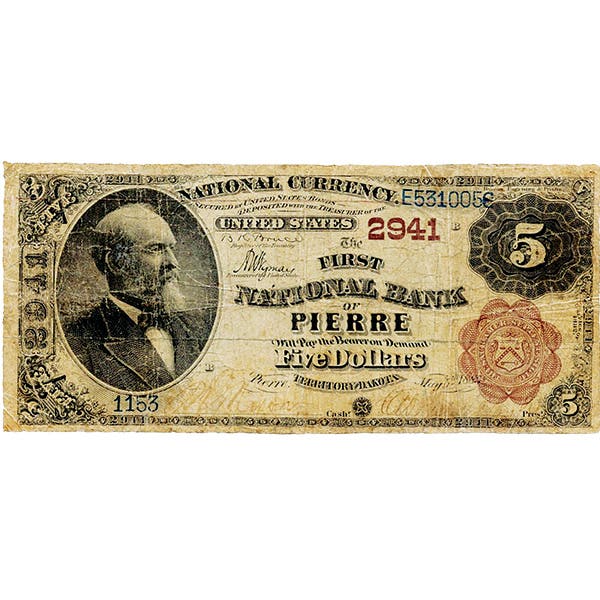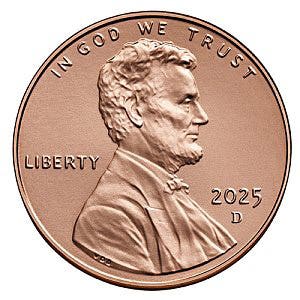1838-C quarter eagle special in any grade
There are a number of important U.S. gold quarter eagles. One that should be on anyone’s short list is the 1838-C. It was the first quarter eagle to be produced…
There are a number of important U.S. gold quarter eagles. One that should be on anyone’s short list is the 1838-C. It was the first quarter eagle to be produced at a facility other than the main Mint in Philadelphia, Pa., and it is a tough date as well.
The denomination had been approved by the Mint Act of 1792. However, if you had asked anyone at the time if quarter eagles were necessary, he or she would have been hard pressed to come up with a convincing answer in the affirmative.
If mintages are any indication of how much a denomination was used in commerce, the quarter eagle had virtually no usage until 1834. Total mintages prior to that year were usually below 5,000 and never above 10,000.
For some of that time, no gold coins were circulating in any numbers, as they were slightly too valuable. In many cases they were being sold to brokers for a small profit. This happened in the 1820s, but it certainly did not occur every single year.
Use of quarter eagles got a boost when the amount of gold in coins was reduced slightly in 1834. Suddenly gold coins could circulate again, and that gave the sometimes struggling Mint reason to release more. The quarter eagle mintage for that year rose to more than 112,000 pieces.
Something else going on in the 1830s that impacted quarter eagle production was the discovery of gold in North Carolina and Georgia. These were the first major gold finds in the United States.
The finds presented a problem for the Mint: the long and potentially perilous trip from the remote gold fields to Philadelphia. When private firms began springing up to produce gold coins, the decision was made to open official branch mints. These branches would serve the needs of a growing area while eliminating the need for shipping gold to Philadelphia.
Three branch mints were approved at the same time. The Dahlonega, Ga., and Charlotte, N.C., locations were specifically tasked to serve the gold fields and would only strike gold coins. The branch established in New Orleans, La., was authorized to strike both gold and silver coins.
All three facilities had to wait for dies to be made in Philadelphia. But by 1838, Dahlonega and Charlotte were ready to produce half eagles. Charlotte also struck quarter eagles, making the 1838-C the first of that denomination minted outside the main Philadelphia facility.
Mintage for the historic 1838-C quarter eagle was small at just 7,880 (compared to 17,179 for the 1838-C half eagle). The branch mints were not established to rival Philadelphia, and their mintages would never be very high.
There would also not be much saving of Charlotte and Dahlonega coins. They were gold, after all, and few could afford the gold denominations. It was also true that many coins from Charlotte and Dahlonega were struck on poor planchets.
Today, the 1838-C quarter eagle is priced at $2,000 in VF-20 condition and $22,000 in MS-60 but is not numerous in any grade. Numismatic Guaranty Corporation reports 64 examples seen, with 11 called Mint State and none better than MS-63. The Professional Coin Grading Service reports 95 examples, with just six called Mint State and one MS-64 example earning the highest grade.
Obtaining an 1838-C quarter eagle in Mint State obviously poses a problem, as fewer than 20 have graded that way (and some of those were probably repeats). But it is a very special coin in any grade, one well worth including in any collection.
This article was originally printed in Numismatic News. >> Subscribe today.
More Collecting Resources
• The 1800s were a time of change for many, including in coin production. See how coin designs grew during the time period in the Standard Catalog of World Coins, 1801-1900 .
• The Standard Catalog of United States Paper Money is the only annual guide that provides complete coverage of U.S. currency with today’s market prices.




